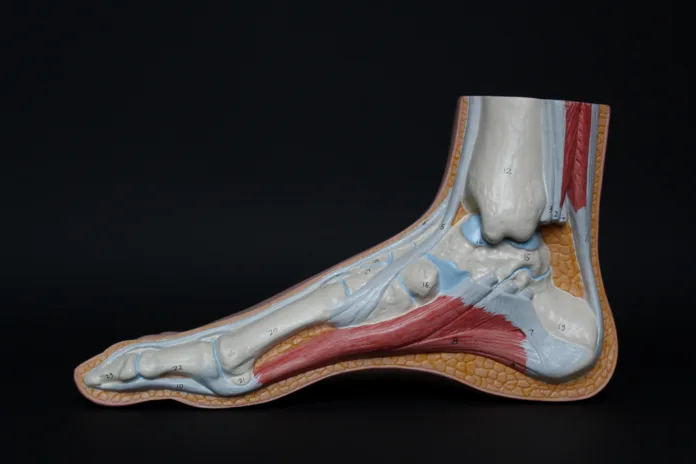Plantar fasciitis is a common condition that affects the plantar fascia, a thick band of tissue that runs along the bottom of your foot, connecting your heel bone to your toes. It is characterized by pain and stiffness in the heel or bottom of the foot, and it can make everyday activities like walking and standing unbearable. Foot rollers have become popular treatment options for people suffering from plantar fasciitis, as they provide relief and help alleviate the symptoms of this condition.
Foot rollers work by massage and stretching the plantar fascia, helping to improve blood flow and reduce inflammation in the area. They are easy to use and can be incorporated into your daily routine to provide consistent relief. However, with so many foot rollers available in the market, it can be overwhelming to choose the ideal one for your needs. In this article, we will discuss the factors to consider when choosing an ideal foot roller for plantar fasciitis.
- Shape and Size
The shape and size of the foot roller are important factors to consider when choosing one for plantar fasciitis. The ideal shape of a foot roller for this condition is round or cylindrical. It should be small enough to fit under your foot and large enough to provide proper coverage of the plantar fascia. A typical foot roller may measure between 3 to 6 inches in length and 1 to 3 inches in diameter.
- Material
Foot rollers are available in various materials such as wood, plastic, rubber, and foam. Each material has its own benefits and disadvantages. Wooden rollers are durable and sturdy, but they may be too hard and rigid for people with sensitive feet. Plastic rollers are lightweight, portable, and affordable, but they may not have enough give to provide proper massage to the plantar fascia. Foam rollers are soft and comfortable to use, but they may not be as durable as plastic or wooden ones.
When it comes to plantar fasciitis, it is best to choose a foot roller made of soft foam. This material offers just the right amount of rigidity and compression required to provide a massage to the plantar fascia without causing any pain or discomfort.
- Texture
Texture is another important factor to consider when choosing a foot roller for plantar fasciitis. The texture of the roller determines how much pressure and massage it can provide. A smooth surface may be gentle and comfortable, but it may not be effective in releasing tension in the plantar fascia. On the other hand, a textured surface can provide deeper massage and target specific areas of the foot. The most effective foot rollers for plantar fasciitis are those with a combination of smooth and textured surfaces. They can provide a range of massage options and help alleviate pain and stiffness in the foot.
- Firmness
The firmness of a foot roller plays a crucial role in its effectiveness. A foot roller that is too soft may not provide enough pressure to massage the plantar fascia, while a roller that is too hard may cause pain and discomfort. Therefore, it is important to choose a foot roller with the right firmness for your needs. If you have sensitive feet, a softer roller may be more comfortable for you. However, if you have chronic plantar fasciitis or are an athlete, a firmer roller may be able to provide better relief.
- Features
Some foot rollers come with additional features such as ridges, spikes, or nodules. These features are designed to target specific areas of the foot and provide a deeper massage. They can also help improve blood flow and circulation in the area. However, it is important to be cautious when using these types of foot rollers, as they can be too intense for people with sensitive feet. It is best to start with a basic foot roller and then gradually switch to a more advanced one with additional features, if needed.
- Price
Foot rollers come in a range of prices, from a few dollars to hundreds of dollars. It is important to set a budget and stick to it when choosing a foot roller for plantar fasciitis. While a more expensive foot roller may have advanced features, a less expensive one can also provide effective relief with consistency and proper use.
- User-Friendly
Lastly, it is important to choose a foot roller that is user-friendly. It should be easy to use and comfortable to handle. Some foot rollers come with a handle or grips, making it easier to use and convenient to carry around.
In conclusion, choosing the ideal foot roller for plantar fasciitis is crucial in providing effective relief from pain and discomfort. Consider the shape, size, material, texture, firmness, features, and price of the foot roller before making a decision. It is also important to consult with a healthcare professional, such as a physical therapist, to determine the best foot roller for your specific needs. With the right foot roller and consistent use, you can ease the symptoms of plantar fasciitis and improve your daily quality of life.

